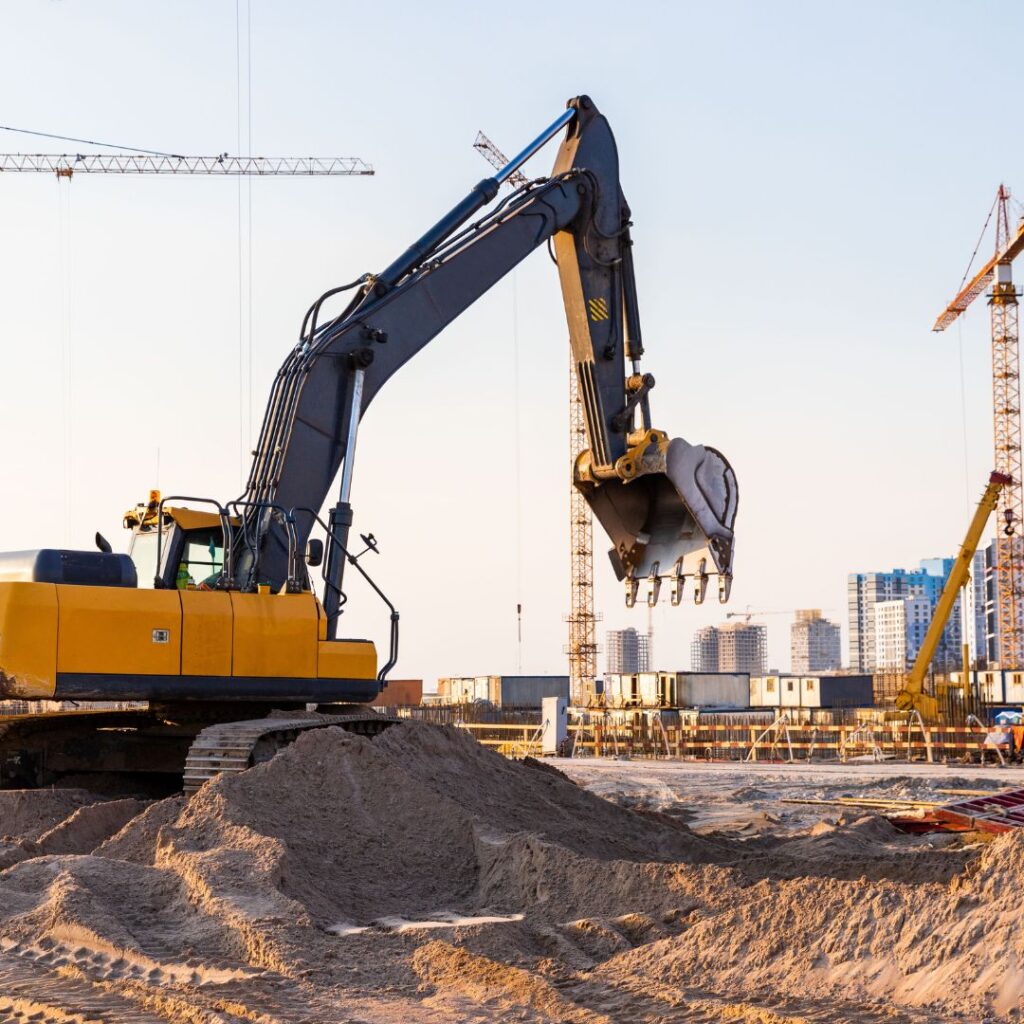Water is one of the planet’s most vital resources, and its effective management is paramount to the well-being of both human societies and the environment. As we face increasingly complex challenges, such as growing populations, climate change, and aging infrastructure, water master planning has become an essential tool for safeguarding our water resources and ensuring a sustainable future.
In this comprehensive guide, we will delve into the intricacies of water master planning, from its fundamentals to its real-world applications.
Understanding the Basics
Water is the lifeblood of our communities. It sustains us, supports ecosystems, and fuels our industries. However, the global demand for clean and accessible water is increasing at an alarming rate. UNESCO predicts that by 2050, nearly 6 billion people could face water scarcity. This makes water management a critical concern for all nations.
Inadequate water management can lead to dire consequences, including droughts, water pollution, and insufficient water supplies. As a result, asset owners and utilities must engage in rigorous water master planning.
What is a Water Master Plan?
Water master planning is a holistic and forward-thinking strategy that outlines the long-term vision and actions necessary to manage a community’s water resources.
It serves as a roadmap for asset owners and utilities to ensure the sustainable use and protection of water sources. It encompasses various aspects, from financial planning and water supply and distribution to water and wastewater systems.
At its core, water master planning seeks to ensure the availability of clean water, protect the environment, and enhance the overall quality of life in a community.
Key Components of a Water Master Plan
There are a few key components that make up a water master plan:
Infrastructure Assessment
Infrastructure assessment is the first critical step in formulating a water master plan. This involves a comprehensive evaluation of the existing water systems and infrastructure, which includes inspecting pipelines, storage facilities, treatment plants, and distribution networks.
Data Collection and Analysis
Accurate data forms the cornerstone of effective water master planning. Data collection and analysis are essential to making informed decisions. This includes gathering data on various aspects such as water quality, consumption patterns, and future growth projections.
Identifying Infrastructure Needs
Identifying infrastructure needs is the next crucial component of a water master plan. Based on the data collected and analyzed, the plan should identify areas that require system improvements, upgrades, maintenance costs, or expansion.
Developing Long-Term Goals
Watermaster planning extends beyond addressing immediate needs and includes future needs. It involves developing long-term goals that are essential to ensuring the sustainability of water resources and the protection of the environment.
The Role of Stakeholders
The successful execution of a water master plan heavily relies on the active involvement and collaboration of various stakeholders. These stakeholders play pivotal roles in shaping the plan and ensuring its effectiveness. Let’s explore their roles in more detail:
- Government Agencies: Government bodies at the local, regional, and national levels often have regulatory authority over water resources and infrastructure. They provide essential support in terms of funding, permits, and compliance. Collaboration with government agencies is crucial to ensure that the plan aligns with regulations and can access the necessary resources to implement it.
- Communities: Engaging with the community is an essential component of water master planning. Involving the public in the decision-making process, educating them about the importance of water management, and addressing their concerns can lead to better acceptance of the plan’s initiatives and increased cooperation.
- Environmental Groups: Organizations and groups focused on environmental conservation often bring valuable insights into the protection of water resources and ecosystems. Their input can help ensure that the plan includes environmentally friendly practices and safeguards the natural environment.
- Utilities and Asset Owners: These entities are responsible for the operation and maintenance of water infrastructure. Their knowledge and expertise in managing water systems are vital for the success of the plan. They also contribute by sharing data, conducting assessments, and implementing the plan’s recommendations.
- Technical Experts: Experts in fields such as engineering, water treatment, and environmental science provide specialized knowledge and guidance to ensure that the plan is based on sound technical principles and best practices.
Water Master Planning Process
Watermaster planning is a multifaceted process that starts with an assessment of future planning.
Assessing Current Water Systems
Asset owners and utilities must conduct a comprehensive evaluation of their existing water systems, which encompasses inspecting the condition of assets, assessing water quality, and identifying vulnerabilities.
A study published in the Public Works Management & Policy journal has shed light on the significance of early identification of aging infrastructure issues. Identifying such issues can be instrumental in helping utilities prioritize replacements and repairs. By doing so, they not only extend the lifespan of critical infrastructure but also save both money and resources. This is particularly crucial, as aging infrastructure is a pressing concern in many regions, and addressing these issues proactively can mitigate potential risks.
Data Collection and Analysis
Once the current water systems have been assessed, the next critical step in the water master planning process is data collection and analysis. This phase serves as the foundation upon which the master plan will be built. It involves gathering data on various aspects, including water quality, consumption patterns, and future growth projections. It underscores the importance of utilizing modern technology for efficient data processing and decision-making in water management.
Identifying Infrastructure Needs
With data collected and analyzed, water master planners can pinpoint areas in need of infrastructure improvements. These improvements could encompass repairing aging pipes, expanding treatment facilities, or implementing new technologies to enhance water quality.
According to a report by the World Bank, upgrading water infrastructure is essential for improving the resilience of urban areas against climate change impacts, such as extreme weather events and flooding. By identifying infrastructure needs and addressing them proactively, communities can better withstand the challenges posed by climate change, ensuring the reliable supply of clean water and the protection of the environment.
The Transcend Design Generator utilizes advanced process design simulation, incorporating influent, effluent, and regional data to identify infrastructure needs with precision. Running highly defined process simulations assists water master planners in evaluating various scenarios, making informed decisions, and proactively addressing aging infrastructure, thereby enhancing the resilience of urban areas against climate change impacts and ensuring a reliable supply of clean water.
Developing Long-Term Goals
Water master planning extends beyond immediate needs, and long-term goals play a pivotal role in ensuring the sustainability of water resources and the protection of the environment. These goals should reflect the community’s vision for sustainable water management and encompass various initiatives.
Research suggests that integrating green infrastructure into long-term planning can have a profound impact. Green infrastructure initiatives, such as permeable pavements and urban green spaces, can help reduce the environmental impact of urban development. These strategies not only enhance overall water quality but also contribute to making urban areas more resilient to environmental challenges.
Wastewater Master Planning

Wastewater master planning is a vital aspect of water master planning, focusing on the effective treatment and disposal of wastewater. Let’s explore the significance of wastewater water planning, how it should be integrated into the master plan, and sustainable wastewater solutions.
The Significance of Wastewater Management
Wastewater management is of paramount importance due to the environmental and public health consequences of inadequate treatment and disposal. Failing to manage wastewater properly can lead to contamination of water bodies and soil and the spread of waterborne diseases. Proper wastewater management is essential to protect both the environment and public health.
Integrating Wastewater into the Master Plan
Wastewater management should be seamlessly integrated into the broader water system master plan. This means that the plan should encompass strategies for the construction and maintenance of sewage treatment facilities, upgrades to sewer systems, and effective pollution control measures. By incorporating wastewater management into the master plan, communities can ensure that all aspects of water resources are considered comprehensively.
Sustainable Wastewater Solutions
In pursuit of sustainability, wastewater master planning should embrace innovative and sustainable solutions. These solutions can include water recycling, energy recovery from wastewater treatment, and the use of environmentally friendly technologies. Sustainable wastewater management not only reduces the environmental impact but also makes the best use of resources and energy, contributing to a more eco-friendly and cost-effective approach.
Benefits of Water Master Plans
Water master plans offer a wide array of benefits. Let’s delve into some of the most significant advantages
Enhanced Water Quality
Water master plans play a pivotal role in ensuring the delivery of high-quality, safe, and clean water to communities. Proper planning and infrastructure improvements result in better water treatment and distribution, reducing the risk of waterborne diseases and health-related costs. Enhanced water quality contributes to improved public health and safety.
Efficient Resource Allocation
Efficient resource allocation is a key advantage of water master plans. By carefully planning for water and wastewater infrastructure improvements, asset owners and utilities can allocate resources more effectively. This leads to cost savings, better resource management, and the ability to address critical infrastructure needs in a timely and cost-efficient manner.
Supporting Urban Development
Water master planning supports the sustainable growth of urban areas. By ensuring that water resources can meet the needs of expanding communities, the plan facilitates urban development. Additionally, it provides a framework for environmentally friendly development practices, such as green infrastructure, which can minimize the environmental impact of urban expansion.
Implementing the Master Plan
The successful implementation of a water master plan is crucial for realizing its full potential.
Engaging with the Community
Community engagement is an essential aspect of implementing a water master plan. Involving the public in the decision-making process, addressing their concerns, and educating them about water conservation builds support for the plan’s initiatives. It fosters a sense of ownership and responsibility within the community, ensuring the plan’s success.
Collaboration with Government Agencies
Collaboration with government agencies is vital for the effective execution of the water master plan. These agencies often provide regulatory oversight, funding opportunities, and the necessary permits for infrastructure projects. A strong partnership with government bodies ensures that the plan aligns with regulations and can access the resources required for successful implementation.
Monitoring and Evaluation
After the water master plan is implemented, ongoing monitoring and evaluation are crucial. These processes ensure that the plan’s objectives are met and that any necessary adjustments are made to adapt to changing circumstances. Regular monitoring helps reduce inefficiencies and ensures the long-term success of the plan, making it a dynamic and adaptable tool for sustainable water management.
Conclusion
Water master planning is not just a responsibility; it’s a necessity. By embracing comprehensive water master plans, we can safeguard our water resources, protect the environment, and ensure a better future for generations to come.
To streamline this process and leverage the full potential of water master planning, the Transcend Design Generator is here to help.
Transcend Design Generator empowers asset owners and utilities to evaluate a myriad of options in their capital planning and conceptual design processes. It accelerates capital projects and reduces project risk, paving the way for more sustainable water systems. Start your journey towards a more sustainable water future now.






